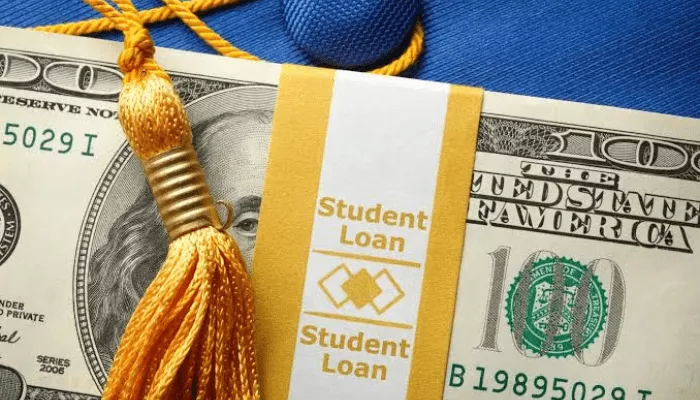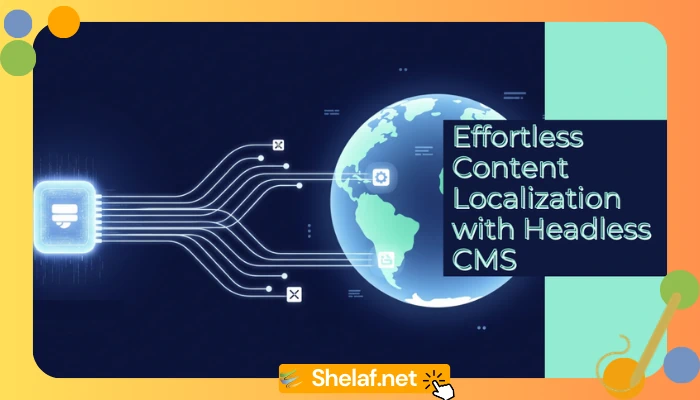Millions of Americans with defaulted federal student loans face a major change starting May 5th. On that date, the U.S. Department of Education plans to restart mandatory collection activities for about 5 million borrowers—specifically, those who defaulted before the pandemic payment pause kicked in back in 2020. For nearly five years, these specific loans haven’t faced enforced collection, so this is a significant shift for affected borrowers in the U.S. If this applies to you, understanding what’s happening is key.
Contents
What Does Student Loan Default Mean Here?
First, what exactly is ‘default’ for these federal loans? It generally means a borrower hasn’t made payments for about 270 days (roughly nine months). Reaching default status is serious because it allows the government to begin mandatory collections. This isn’t the same as just being late on a few payments (delinquency); default triggers more severe actions.
How the Government Collects Defaulted Loans
When collections begin, the U.S. Department of Education has strong legal tools to recover the debt. Commonly, this involves:
- Taking Wages: Through wage garnishment, an employer may be legally required to withhold part of your earnings to send to the government.
- Offsetting Federal Payments: The Treasury Offset Program (TOP) allows the government to intercept money owed to you, like federal tax refunds, and apply it to the loan debt. This can even extend to federal benefits, potentially including Social Security for some individuals.
These aren’t suggestions; they are established legal procedures for recouping federal student loan debt.
Why Now? The Policy Shift
This restart ends a long period of relief that began during the COVID-19 pandemic under the Trump administration in 2020. The current U.S. Department of Education, led by Secretary Linda McMahon, presents this as fulfilling borrower agreements and protecting taxpayers. The department argues that loan balances don’t just vanish and has pushed back against attempts by the previous (Biden) administration regarding mass debt cancellation, citing constitutional limits. Their stated focus now is managing the loan program responsibly under current law.
This policy change is happening alongside internal shakeups at the department, including reported staff cuts within Federal Student Aid (FSA) as part of the current administration’s agenda.
The Real Impact on Borrowers
Defaulting on student loans has tough consequences, even beyond facing collection:
- Credit Damage: A default seriously harms your credit score, making it harder to get mortgages, car loans, rent an apartment, or even qualify for some jobs.
- No More Federal Aid: You typically can’t receive more federal student aid while in default.
- State Penalties: Depending on the state, default might lead to the suspension of professional licenses or even your driver’s license.
Concerns are being raised about the timing and support available. Former Under Secretary of Education James Kvaal worries that FSA staff reductions could leave borrowers without help when trying to navigate repayment options or apply for existing forgiveness programs. Mike Pierce from the Student Borrower Protection Center called the move potentially harmful, pushing struggling individuals into the government’s debt collection system without enough support, especially given the staff changes.
What Support is Available?
The Education Department says it plans a large-scale communication effort alongside the collection restart. They aim to inform borrowers about their loan status and options for returning to repayment or getting out of default (through programs like loan rehabilitation or consolidation).
If you’re facing default or collection, it’s wise to:
- Reach Out: Contact your loan servicer or the Department of Education directly to understand your specific situation.
- Look at Repayment Plans: Income-driven repayment (IDR) plans might lower your monthly payments based on your income.
- Explore Getting Out of Default: Learn about loan rehabilitation or consolidation options.
- Check Forgiveness Eligibility: While broad forgiveness is debated, see if you qualify for existing, targeted programs (like Public Service Loan Forgiveness).
Bigger System Changes on the Horizon?
Adding to the uncertainty are talks within the administration about potentially moving the massive federal student loan portfolio away from the Department of Education, possibly to the Small Business Administration (SBA). Experts like Kvaal caution that such a major reshuffle, especially now, could create significant disruptions for borrowers.
In Short: Action Needed for Affected Borrowers
May 5th is a key date for millions with pre-pandemic defaulted federal student loans. As collections resume, it’s essential for those affected to get informed. Understanding how collection works, the consequences, and the options available through the Department of Education is vital for handling this challenging financial situation. The next few weeks are critical for finding the best path forward.










